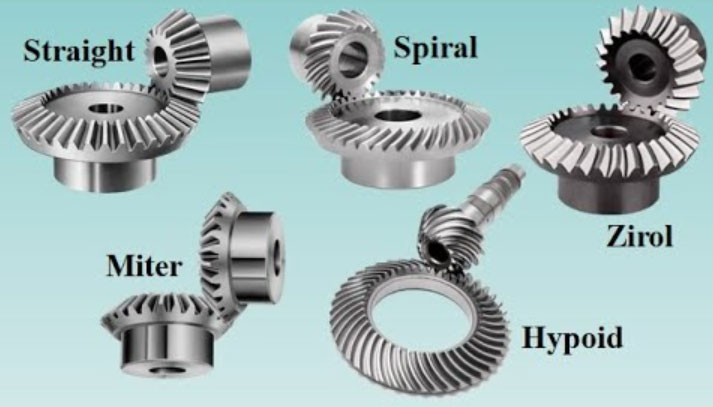
Bevel gears are widely used in automotive systems due to their unique design and characteristics. They play a critical role in transmitting power and torque, changing rotational direction, and providing efficient motion control in various automotive applications. Let’s explore the design and applications of bevel gears in automotive systems:
1. Differential Systems:
Bevel gears are integral components of automotive differentials, which are used to distribute torque between the wheels in a vehicle. Differential gears enable the wheels to rotate at different speeds while maintaining power delivery. Bevel gears, typically in a hypoid configuration, transmit torque from the drive shaft to the differential case, allowing the wheels to rotate at different speeds when cornering or experiencing varying traction conditions.
2. Steering Systems:
Bevel gears are employed in automotive steering systems to transmit rotational motion from the steering wheel to the steering mechanism, enabling the vehicle to change direction. Bevel gears in steering systems provide efficient power transmission, precise motion control, and the ability to change the rotational direction from the steering wheel to the wheels.
3. Transaxles and Gearboxes:
Bevel gears find applications in transaxles and gearboxes, which are responsible for transmitting power from the engine to the wheels at various speeds and torque levels. They allow for speed reduction, torque multiplication, and changes in rotational direction. Bevel gears in these systems provide efficient power transmission, enabling smooth gear shifting and optimal vehicle performance.
4. Engine Timing Systems:
In some engine timing systems, bevel gears are used to drive the camshafts, which control the opening and closing of the engine’s intake and exhaust valves. These gears enable the synchronization between the crankshaft and camshafts, ensuring proper valve timing and efficient engine operation.
5. Transfer Cases:
Bevel gears are utilized in transfer cases, which distribute power to the front and rear axles in four-wheel drive (4WD) and all-wheel drive (AWD) vehicles. They allow for power transfer to the different axles while compensating for variations in speed and torque between them. Bevel gears in transfer cases provide efficient power transmission and the ability to change rotational direction to meet the demands of off-road or varying traction conditions.
6. Power Seats and Windows:
Bevel gears are employed in automotive power seat adjustment systems and power window mechanisms. They convert the rotational motion from the motor to linear motion, allowing for precise positioning of the seats and smooth operation of power windows.
7. Turbochargers:
Some turbocharger systems in vehicles utilize bevel gears to drive the turbine wheel. The bevel gears transmit rotational motion from the engine’s exhaust gases to the turbine wheel, which compresses the incoming air to increase engine power. Bevel gears in turbocharger systems ensure efficient power transfer and optimal performance.
The design and applications of bevel gears in automotive systems are diverse and crucial for the efficient operation of vehicles. Their ability to transmit power, change rotational direction, and provide precise motion control makes them integral components in automotive differentials, steering systems, transaxles, engine timing systems, transfer cases, power seats, power windows, and turbochargers. By incorporating bevel gears, automotive engineers can optimize power transmission, improve vehicle performance, and enhance overall driving experience.
